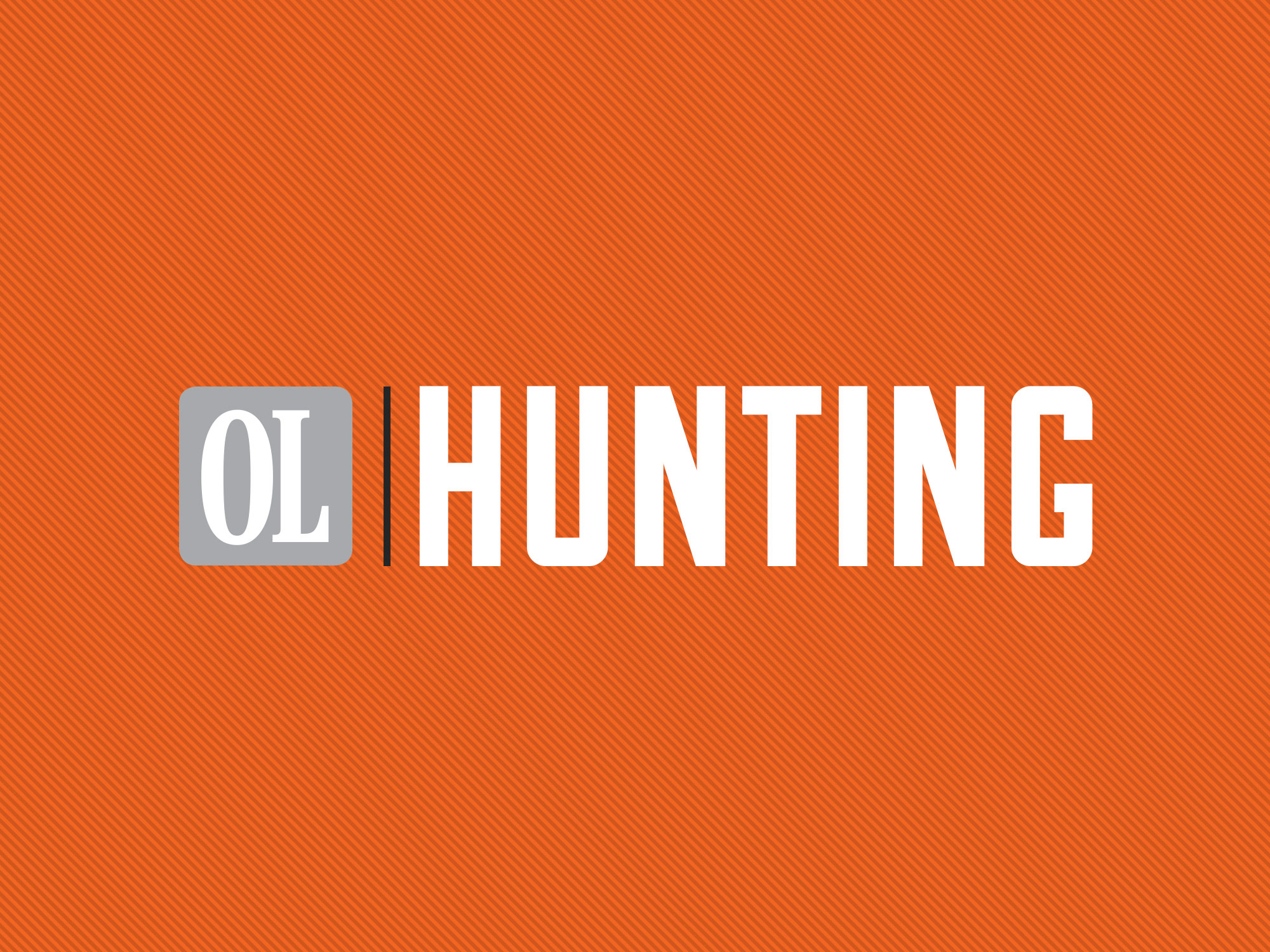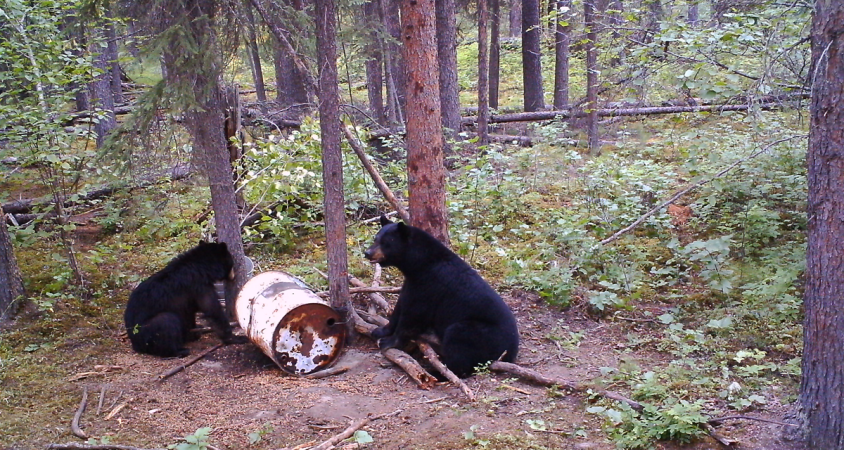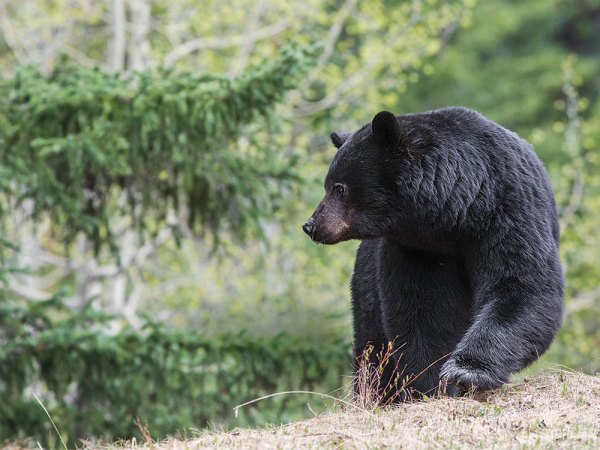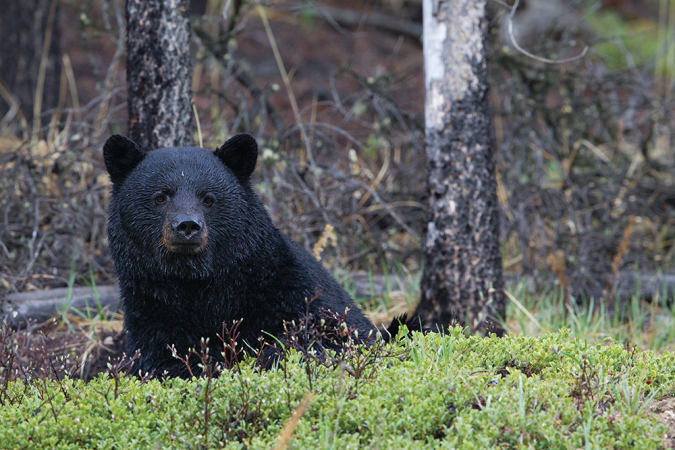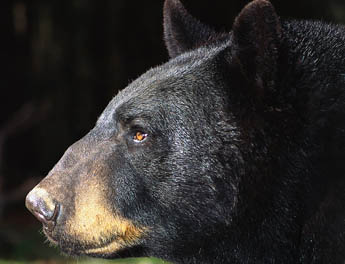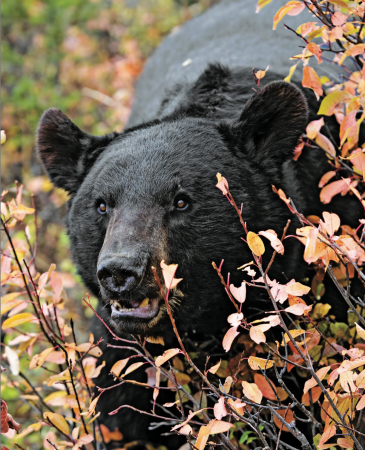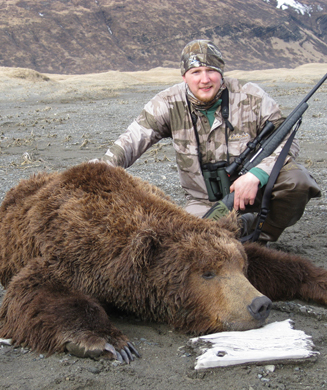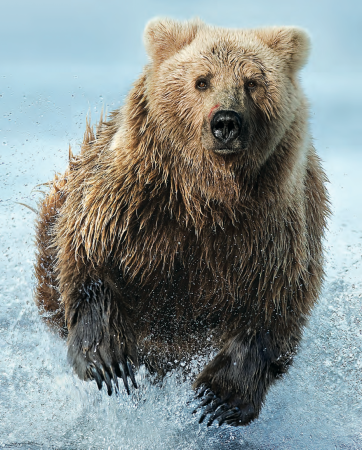Whether black or brown/grizzly, bears can be one of the trickiest animals to size up in the field. The tough thing is that there isn’t really anything on their body that you can consistently use as a reference. Animals like moose, caribou, and sheep are much easier, as their antlers and horns can be fairly accurately judged.
Bears, however, often appear bigger than they really are, and it’s also tougher to distinguish males and females. There are several things to look for, though, and with some practice anyone can get the hang of it.
The first thing to determine when looking at a bear is whether it’s a sow or boar. Sometimes this is easy, but it can be hard to tell the difference between a big sow and medium-size boar. In brown bears, the face is one of the biggest giveaways. If you look at a lot of bears, it is pretty easy to see that sows generally have a short, pointy muzzle, whereas a mature boar has a distinct long, rectangular snout. Body-wise, sows are usually more compact with shorter legs and necks than their male counterparts. Even medium-size boars usually look lanky with a long neck, and they walk with a long, striding, shoulder-rotating gait.
Accurately determining a bear’s size is even tougher than determining its sex. When you see a huge bear it doesn’t even take a second look to know, but the range of small to medium/large is much tougher to judge. Without something of known size to compare them to, even small bears often look bigger than they really are. There’s no substitute for experience when it comes to judging by sight, and I have a lot to learn, but there is one surprisingly accurate way to size a bear if you can find a good track. If you measure the distance across the width of the front pad in the track in inches, then simply add 1, you will have a pretty good idea of what the bear will square in feet (the average of width & length of the hide). This seems far fetched, but it’s surprisingly accurate and virtually right-on with every bear I have measured. We measured my bear’s tracks at 8 ½ inches across, and he was right at 9 feet 6 inches. So the next time you find some bear tracks, measure the width of the front pad. And if you’re fortunate enough to take that bear, I guarantee it will be right on.

